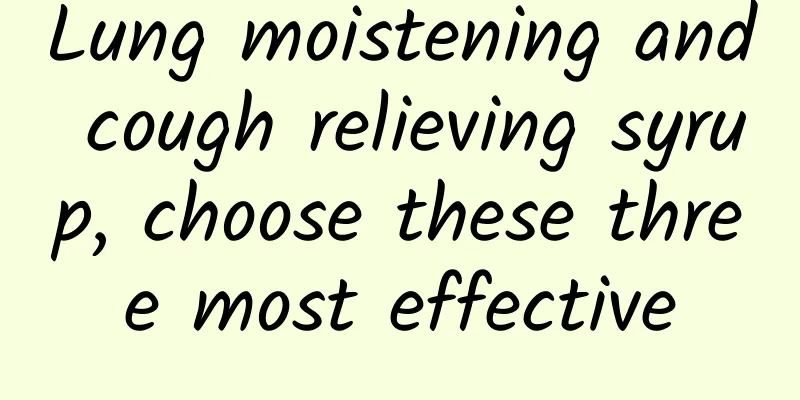The difference between a baby rash and a fever

|
The difference between roseola infantum and fever is quite obvious. Fever is simply a fever, while the rash is an acute skin disease caused by a viral infection. When a child has a rash, it must not be equated with a fever. When a rash appears, if antipyretics are taken, the rash may be forced back, which has a great impact on health. The rash must be allowed to come out thoroughly. If your child has a fever and a rash, beware of these four diseases 1. Roseola Roseola usually occurs in children under three years old. It is a viral infection and is also called "roseola infantum" in outpatient clinics. "Rash appears after the fever subsides" is the main characteristic of roseola infantum. After the child's high fever continues for 3 to 5 days, the temperature will subside rapidly, and the child's spirit and appetite will gradually recover. But at the same time (about 10 to 20 hours after the temperature subsides), a rash will begin to appear centered on the abdomen. 2. Scarlet fever The symptoms of scarlet fever are similar to those of a cold or gastroenteritis. It can be transmitted through droplets, usually with fever, sore throat and rash. The rash is in the form of reddish dots that may appear from the neck to the limbs. It feels rough and is prone to occurring in the armpits, neck, groin, etc. The tongue may also develop a so-called strawberry tongue. The rash will appear 1 to 2 days after the fever and will slowly disappear after about 3 days. The best way to prevent it is to practice good hygiene and avoid sharing eating utensils or contact items with others. Once children develop scarlet fever, they must be treated promptly. The basic course of the disease is one week. They must be isolated and should not go out again for about three days after recovery. 3. Measles Measles is a highly contagious viral disease with the main symptoms of fever, runny nose, cough, conjunctival congestion, Koplik spots on the oral mucosa and red maculopapular rash on the skin; complications such as pneumonia, laryngitis, encephalitis may occur; severe cases can be fatal. Measles patients can expel the virus through sneezing, coughing, etc. and infect susceptible people. 4. Chickenpox From early winter to severe winter, it is the peak season for chickenpox in children. Children will not develop chickenpox immediately after being infected. The incubation period of chickenpox in children is usually around 14 to 21 days. Moreover, the early symptoms of chickenpox are very similar to those of a cold, and usually there are two or three days of cold symptoms, making it difficult for parents to distinguish. When a child gets chickenpox, his or her whole body will show signs of discomfort, such as fever, which will not be too high, about 38℃ ~ 38.5℃; it may be accompanied by cough or diarrhea, poor appetite and spirit; at the same time as the fever or 1 to 2 days after, the child's skin will itch. |
<<: What to do if a rash appears after a high fever subsides
>>: What to do if your child has a rash and fever
Recommend
Hemorrhoids outside the buttocks
Hemorrhoids are a very common disease. Because ev...
Why does the back of the head hurt?
Everyone must have experienced pain in the back o...
How to treat severe difficulty falling asleep?
If people want to be full of energy during the da...
What does hysteroscopic cannulation mean?
Hysteroscopy is a relatively new technology. Nowa...
What causes itchy skin on inner thighs?
What is the problem with itchy inner thighs? Many...
Common knowledge about acute appendicitis
Speaking of acute appendicitis, I believe many fr...
Can acupuncture remove melasma?
Chloasma is generally the most common skin diseas...
What are the early symptoms of rheumatoid arthritis?
Most people have heard of rheumatoid disease. Gen...
How to treat children's tooth decay?
Many children suffer from tooth decay due to the ...
What are the Chinese patent medicines for nourishing the kidney and liver?
The liver is the body's detoxification organ ...
Difference Between Sarcoma and Lipoma
Nowadays, tumors have become a disease that troub...
Why does the snake gall bladder itch after it heals?
Herpes zoster is what we usually call shingles. A...
What are the early symptoms of anal impotence?
Anal impotence is a common disease in the anal ar...
Why do my palms and feet sweat?
People tend to sweat easily in the summer. People...
Which oral anti-inflammatory drug is best?
Anti-inflammatory drugs are a relatively commonly...









